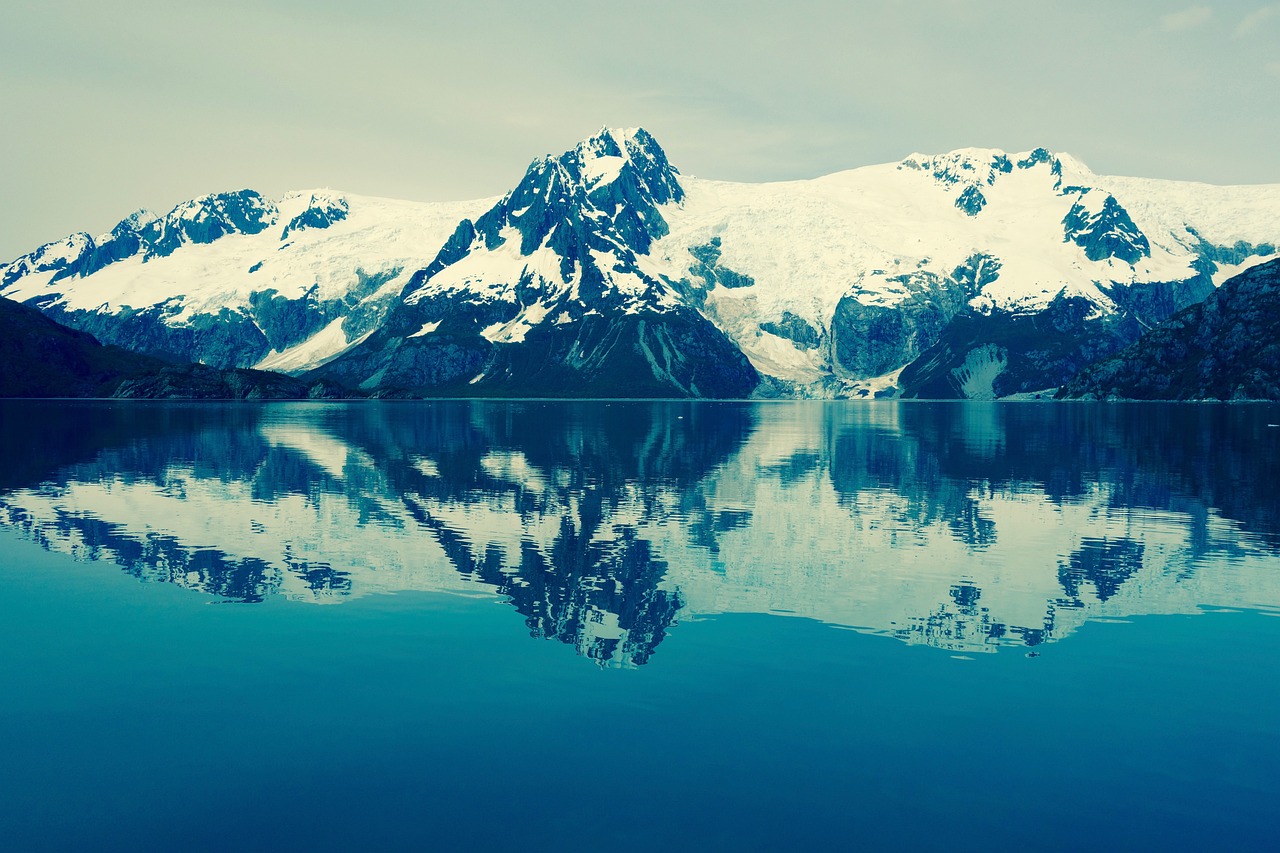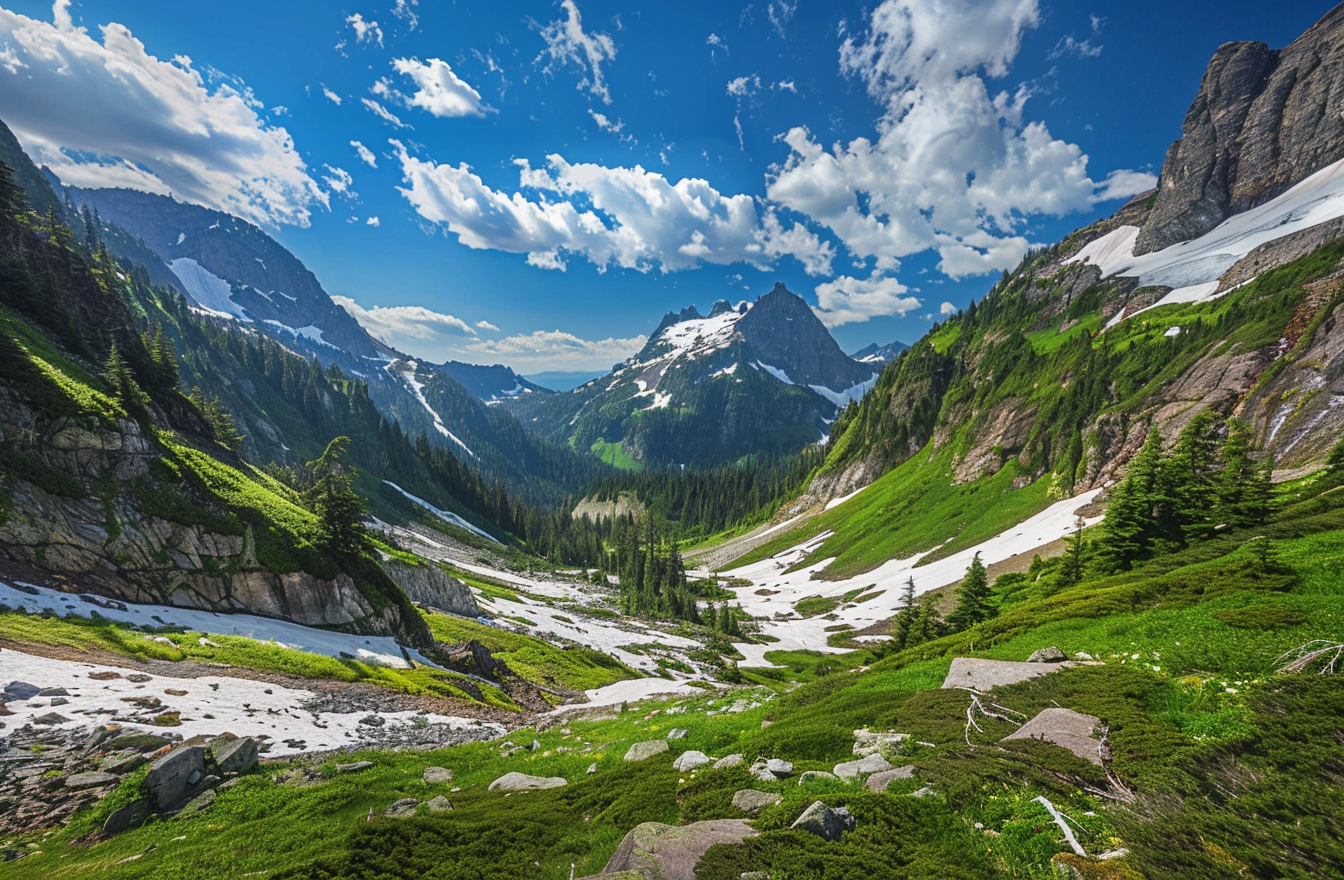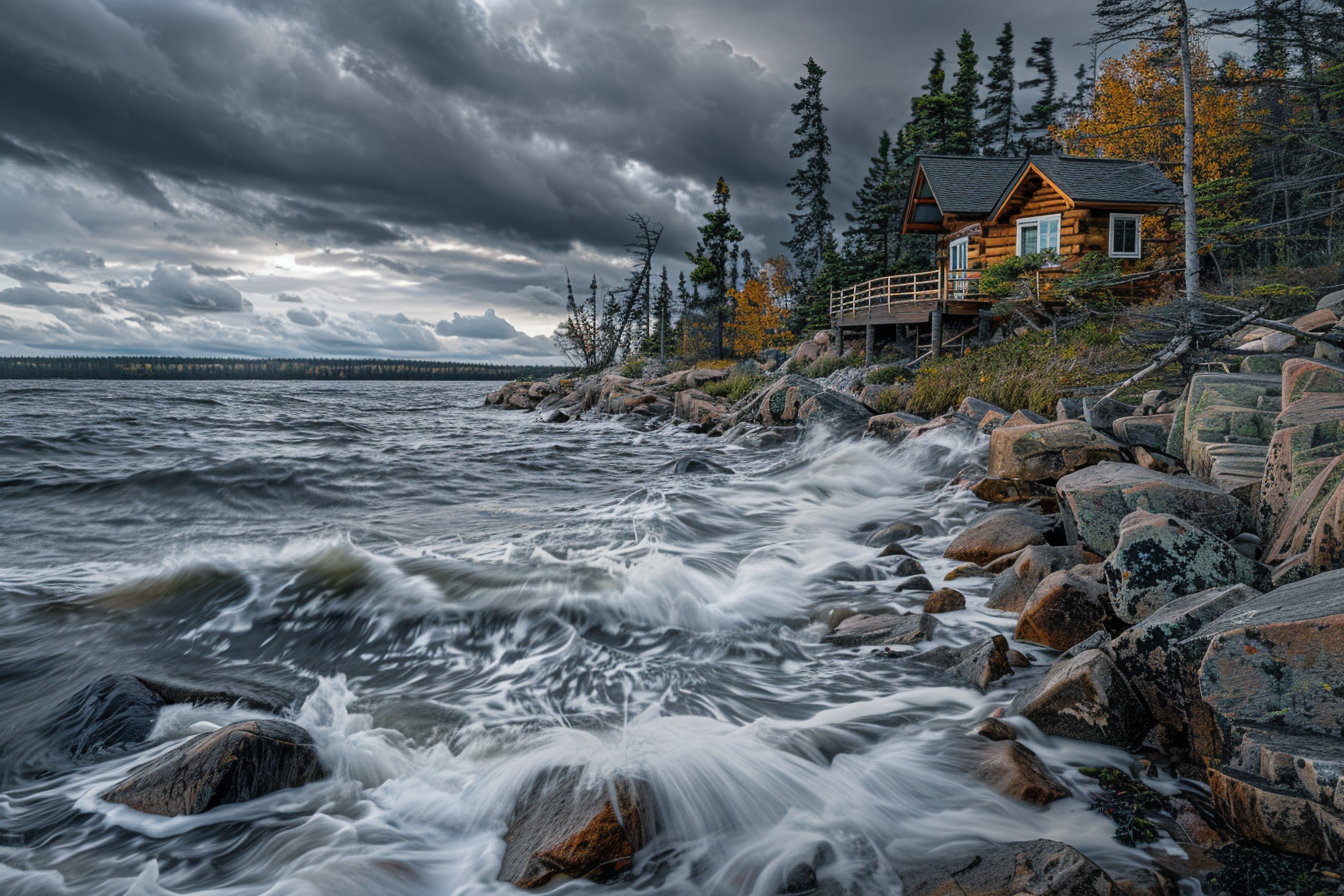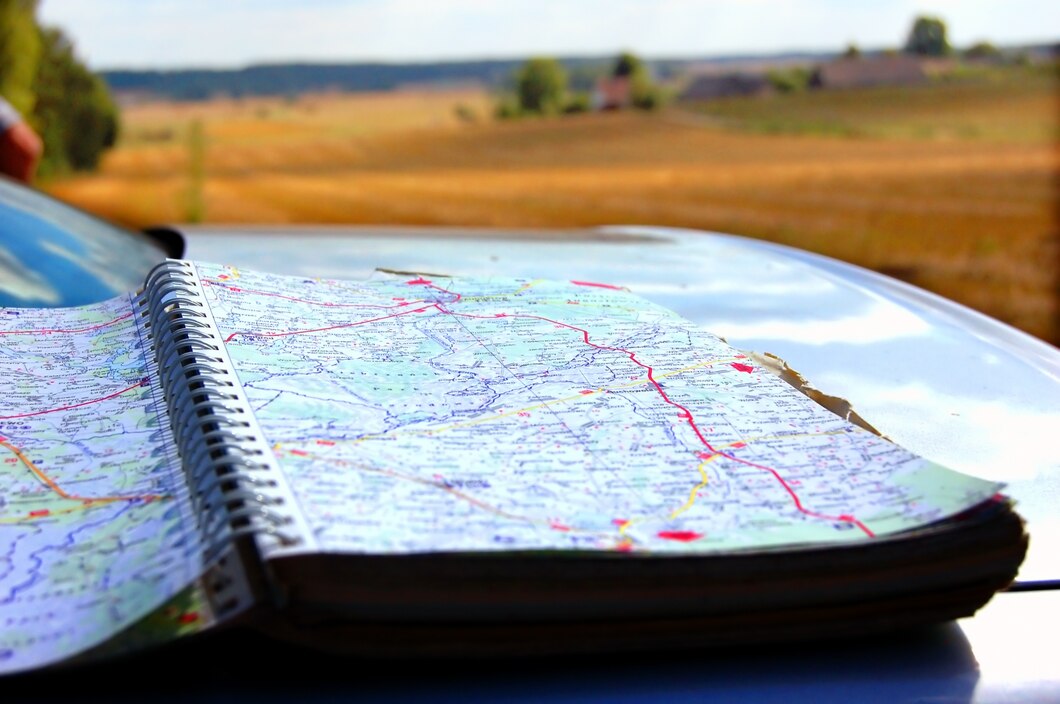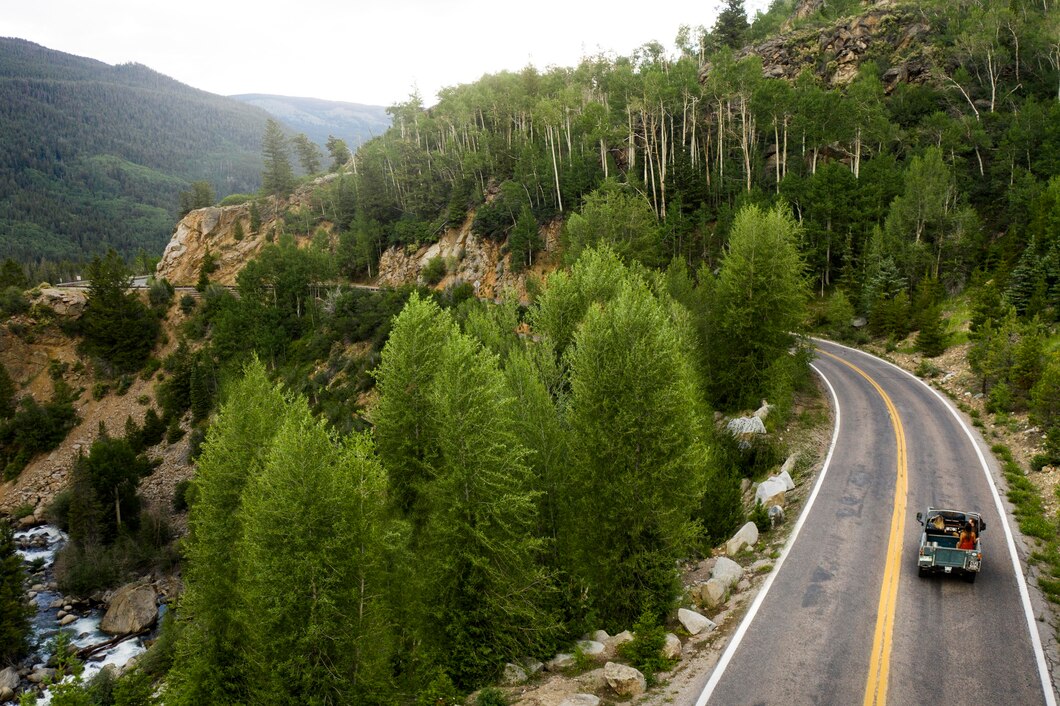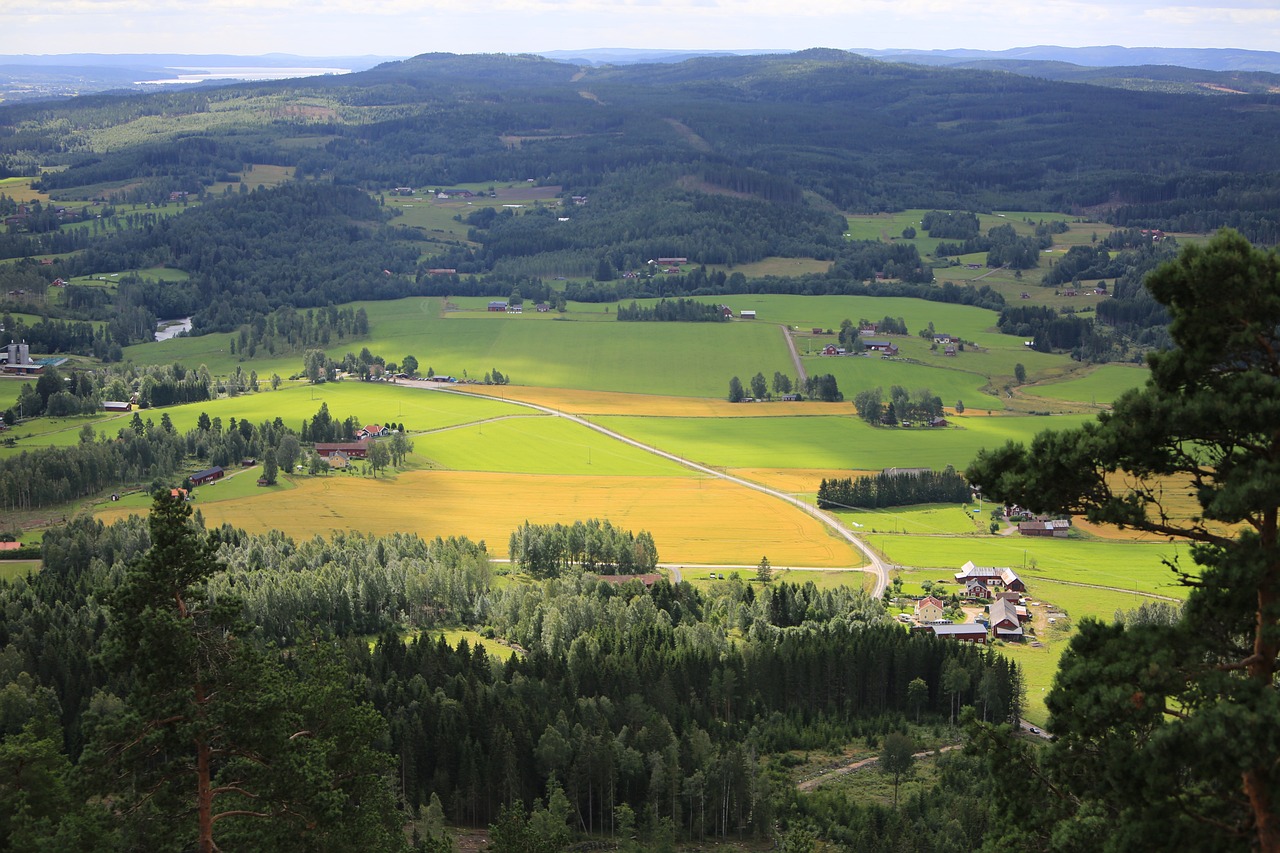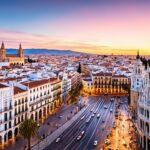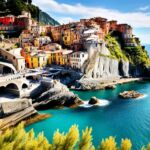Bordeaux is at the heart of France’s famous wine area, known for its rich history and culture. It’s a place where you can relax and enjoy beautiful scenery, like vineyards. You’ll find top-notch restaurants, ancient castles, and lively areas such as the Place de la Bourse. Plus, getting here is easy thanks to great transportation. This ensures your journey to Bordeaux is as smooth as possible, letting you dive into the French lifestyle.
Key Takeaways
- Bordeaux is a hub for history, culture, and gastronomy within the French wine region.
- The city offers luxurious accommodations, such as InterContinental Bordeaux – Le Grand Hôtel and Les Sources de Caudalie.
- Michelin-starred dining and local wine tastings enrich the Bordeaux travel experience.
- Bordeaux’s architecture and vibrant public spaces, like the Place de la Bourse, enhance its charm and allure.
- Excellent transportation links make Bordeaux an accessible and attractive destination for vacationers.
Getting to Bordeaux
Bordeaux is easy to reach from all over, both in France and abroad. You can choose from many ways to make your trip smooth. This city is well-connected, welcoming visitors from everywhere.
By Air
Bordeaux-Mérignac Airport is close, just 9km from the city center. It’s perfect for those flying in from other countries. After landing, it’s a quick 25-30 minute trip to the city. The airport also handles special items like sports gear, but there could be extra fees.
By Train
Take the TGV high-speed train for a fast and pleasant ride. If you’re coming from Paris, it’s only about three hours to Bordeaux. From Toulouse, it takes around 2 hours. The TGV train offers great views and gets you to Bordeaux swiftly, showing why many people choose it.
| Origin | Transport Method | Duration |
|---|---|---|
| Paris | TGV High-Speed Train | ~3 hours |
| Paris | Car | ~5 hours |
| Calais (UK) | Car | ~9 hours |
| Toulouse | Private Transfer | ~4.5 hours |
Public Transportation
Bordeaux has a great public transport system. Using trams and buses, it’s easy to get around. This means you can see the city’s beautiful areas without trouble. If you’re staying for three nights or more, the public transport is a great option. It lets you see the best of Bordeaux in a relaxed way.
Where to Stay
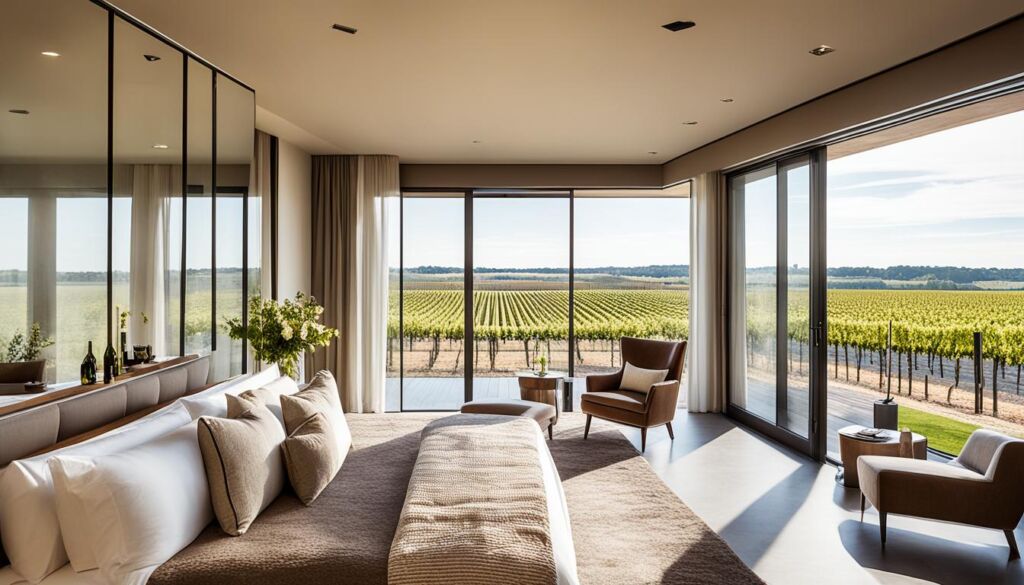
Bordeaux has many luxurious places to stay that visitors will love. It mixes old charm with new style. And it makes sure every guest has a memorable visit.
InterContinental Bordeaux – Le Grand Hôtel
The InterContinental Bordeaux – Le Grand Hôtel is perfect for luxury lovers. It has a famous restaurant, Le Pressoir d’Argent Gordon Ramsay. The rooftop also gives amazing views of the city.
Les Sources de Caudalie
Les Sources de Caudalie is a peaceful spot, 30 minutes from downtown Bordeaux. It sits among beautiful vineyards. Here, you can have spa treatments that use grapes. It’s a unique way to enjoy luxury with a touch of wine.
Yndo Hotel
The Yndo Hotel is great for those who like boutique places. It’s in a lovely 19th-century building. Each room has its own style, mixing modern and classic looks. It offers a special and private stay in Bordeaux.
Bordeaux’s charm isn’t only in the city. The countryside has old castles where you can stay. You can visit pretty villages and vineyards. The city has something special for everyone, whether it’s luxury or a small and unique hotel.
| Accommodation | Location | Highlight |
|---|---|---|
| InterContinental Bordeaux – Le Grand Hôtel | Downtown Bordeaux | Michelin-starred restaurant and rooftop terrace |
| Les Sources de Caudalie | Caudalie Vineyard | Vine-based spa treatments |
| Yndo Hotel | City Center, Bordeaux | Individually styled rooms in a historic mansion |
Exploring the Wine Region

When you visit Bordeaux, it’s amazing to see its famous wine region. You get to learn a lot on vineyard tours. They show you how wine is made, take you to old estates, and let you taste amazing wines. Start by visiting top châteaux and a cool wine museum in Bordeaux.
Château Margaux
Château Margaux is known for its fine wines. This fancy château lets you see how they make their famous red wines. They use Merlot, Cabernet Sauvignon, and Petit Verdot grapes in their special blends.
Château Mouton Rothschild
Château Mouton Rothschild has great wines and art. At this château, you get to taste their wines. They also have a neat art collection. Their vineyards grow mostly Cabernet Sauvignon, which is important for Bordeaux’s red wines.
Château Pape Clément
Château Pape Clément mixes old and new in their wines. They make reds and whites in a special way. You can take tours to see how they do it. It shows the mix of old and new in Bordeaux’s wines.
La Cité du Vin
La Cité du Vin is a unique wine museum in Bordeaux. It’s not just any other place. It’s a fun museum with things you can see, touch, and even taste. Don’t miss the chance to see Bordeaux from above and enjoy a fine glass of wine.
Doing vineyard tours in Bordeaux and tasting wines is a great journey. You’ll see famous places like Château Margaux, Château Mouton Rothschild, and Château Pape Clément. Don’t forget the wine experience at La Cité du Vin. It’s a real mix of history, arts, and flavors.
Cultural and Historical Highlights
Bordeaux shines with its rich culture, pulling in visitors to see its many historic places and beautiful buildings. A top spot is the Place de la Bourse, famous for its old-style looks. Here, you’ll find the Miroir d’Eau, the biggest water mirror in the world. It shows off cool reflections of the nearby views, making Bordeaux even more special.
Place de la Bourse
Exploring Bordeaux’s history without seeing the Place de la Bourse would be a miss. This place shows off 18th-century charm through its old designs. The Miroir d’Eau, near it, reflects the stunning buildings, making Bordeaux a true beauty to see.
Cathédrale Saint-André
Lovers of Gothic style should visit the Cathédrale Saint-André. It’s a big and grand church with a tall tower that lets you see all over the city. The front of the church is very detailed and tells a lot about Bordeaux’s past.
The Grosse Cloche
The Grosse Cloche is an old bell tower, showing Bordeaux’s medieval times. One of the oldest places in Bordeaux, it’s full of history and great for photos. Photographers and history fans both love it.
Musée d’Aquitaine
The Musée d’Aquitaine is where you can learn all about Bordeaux’s past. It has lots of things from the old days to now. This museum is key to understanding Bordeaux better.
The Grand Théâtre
The Grand Théâtre is a lovely place in Bordeaux for opera and ballet shows. It looks amazing inside and out, showing Bordeaux’s love for the arts. A must-see for culture fans visiting Bordeaux.




